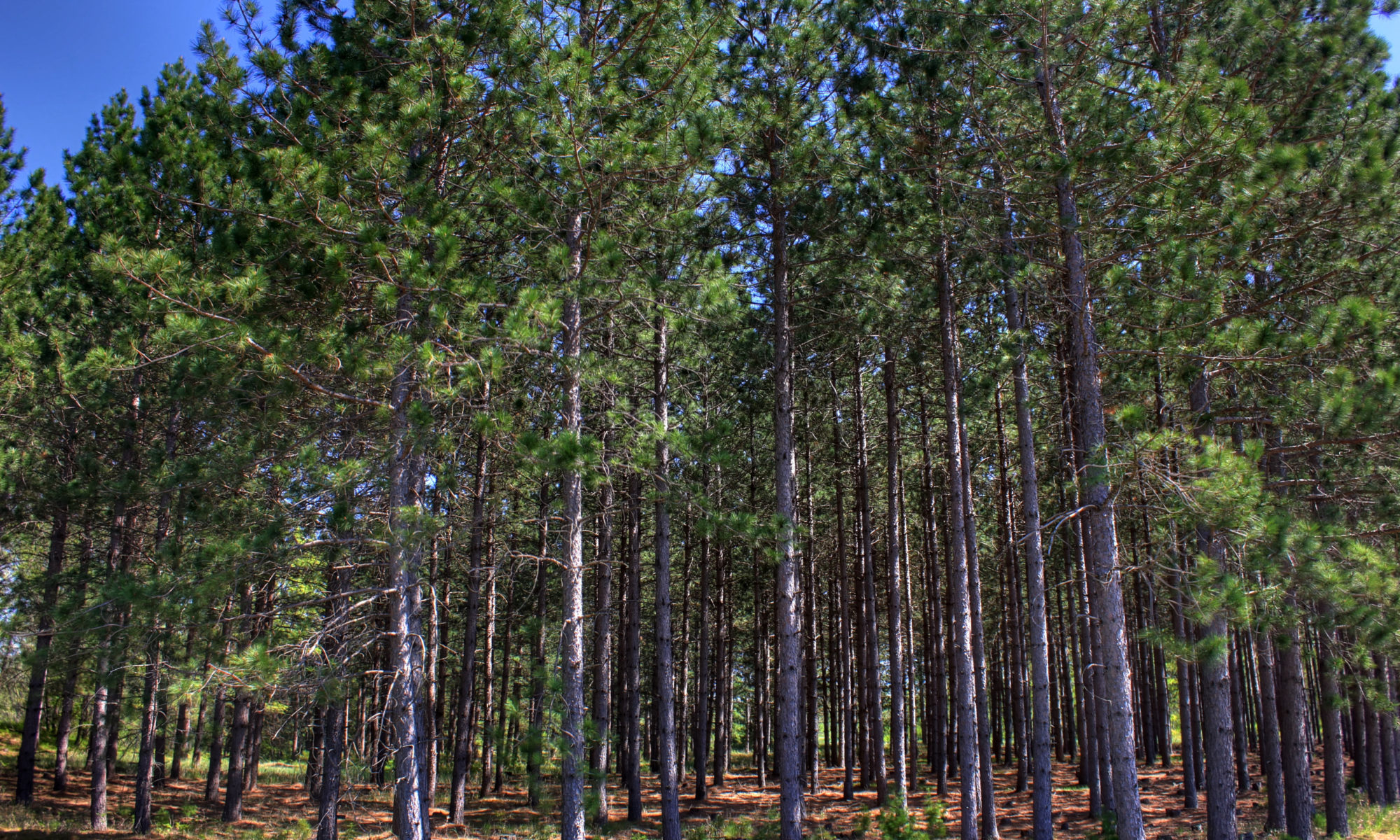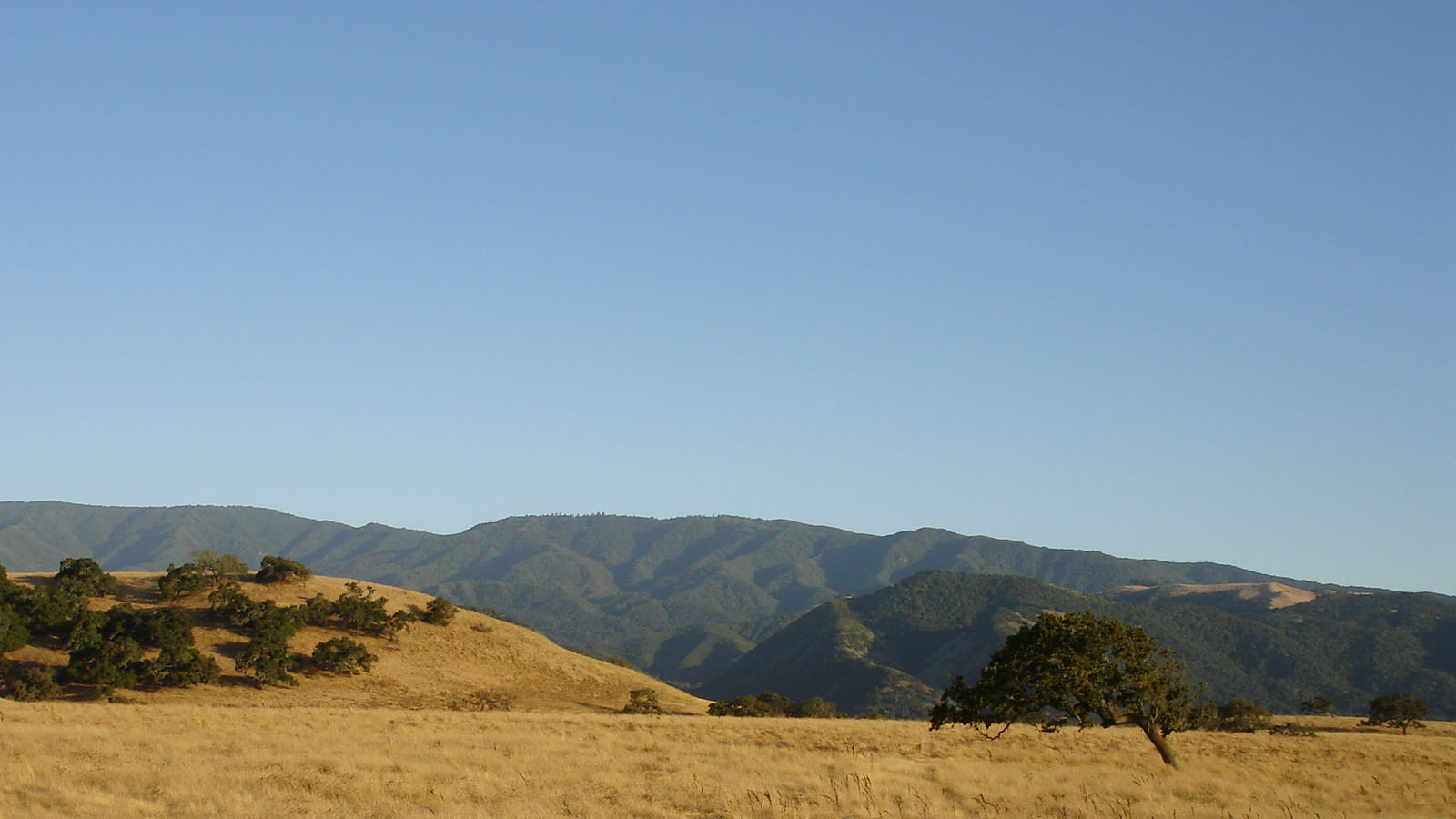Feature Image: Pine forest in Governor Thompson State Park, WI, USA. Yinan Chen, Public Domain, via Wikimedia Commons
Article: Groundwater subsidizes tree growth and transpiration in sandy humid forests
Authors: D. M. Ciruzzi and S. P. Loheide
Drought is often in the news these days, especially in places with arid and semi-arid climates where water is already scarce. While ecosystems have adapted over millennia to cope with dry climates and seasonal droughts, the increasing intensity and frequency of drought due to climate change and human demand for water can pose significant threats to ecosystem health and survival.
Continue reading “Wet Feet? No problem: sandy humid forests grow best with access to groundwater”

